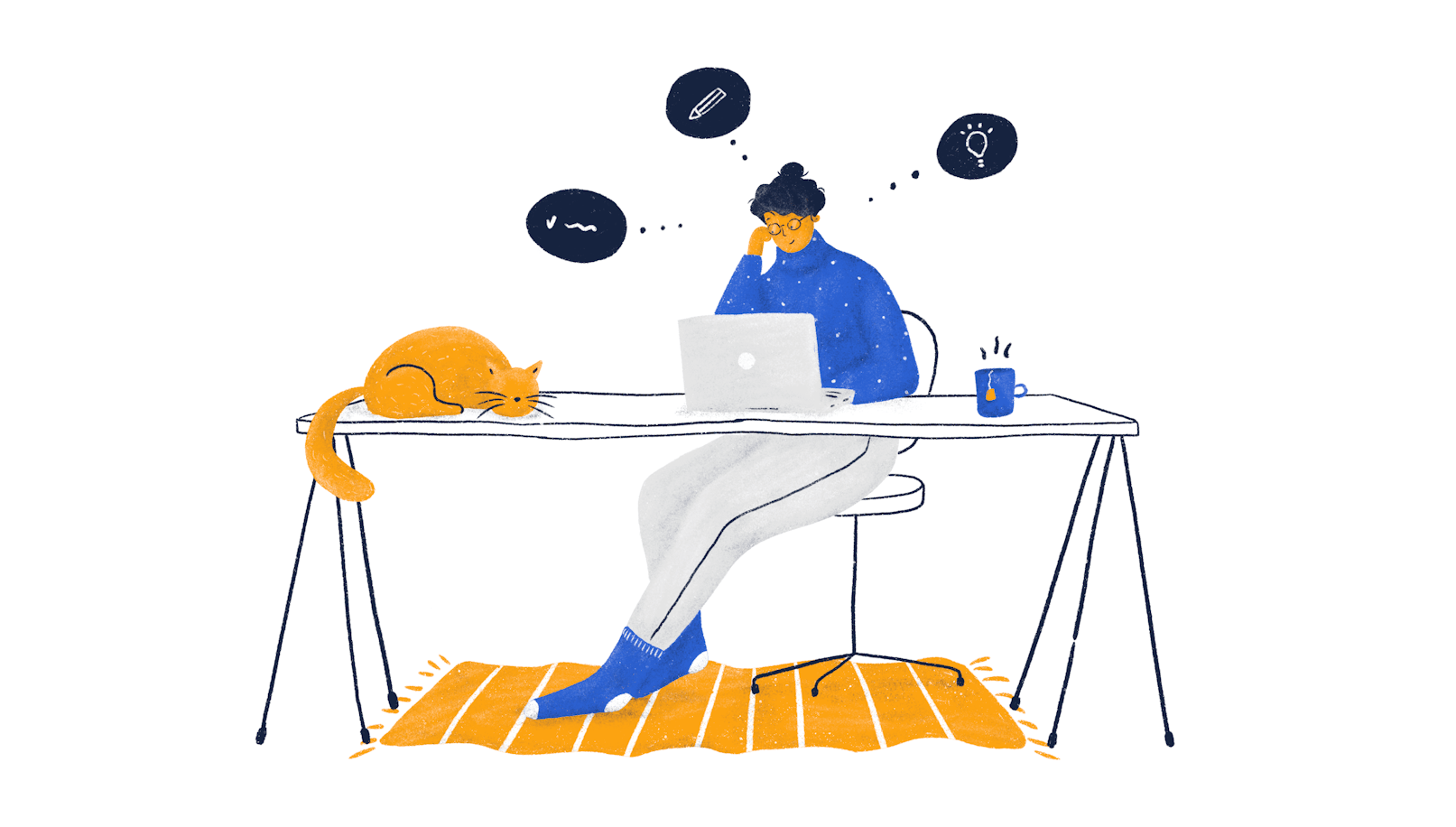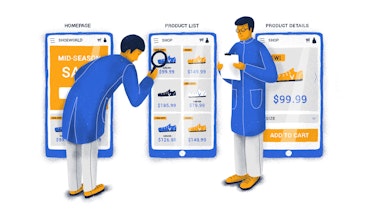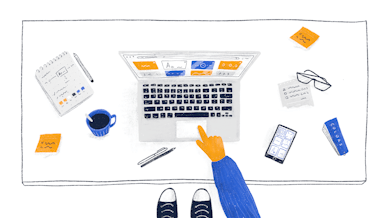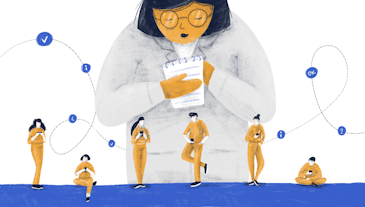Design briefs are a very, very overlooked piece of documentation. To many, it seems like a formality, but in reality, it is one of the simplest and most efficient ways to ensure that your expectations will match what you get at the end of a contract with a designer or an agency.
A well-put-together brief will end up being a critical reference point for your design project that will guide designers and, as a result, save you a boatload of time on impromptu Zoom calls and endless email threads.
In this article, we’ll take a closer look at the components of a design brief, as well as provide you with a sample that you can use for guidance.
Let’s get into it.
What goes into a design brief
It’s critical to underline that none of the brief sections should be discounted and written off—they’re there for a good reason. As we mentioned above, the more time a business invests in this document, the more time it’ll save in the long run and the higher the chances of a successful outcome.
Company intro
Don’t be fooled by the apparent simplicity of this section. A designer can google a quick overview of your business—the problem is that it’s not what they’re really looking for.
Think about it this way, UX designers specialize in extracting valuable information from a wide array of sources like quantitative and qualitative user research, competitor research, business needs and positioning, and turning it into visual experiences. Whatever you include in your company intro will have a massive impact on how the project will be headed.
Definitely, briefs are supposed to be “brief,” but consider ditching the marketing-tailored company outline and reframing it in a way that designers will find useful—what the company does, who it serves, and what it aims to achieve. Less fluff, in this case, is always better.
Acceptance criteria & scope
This is the part where you’ll outline the specific deliverables you’re looking to get. Being clear about the acceptance criteria will also help align your expectations in regards to the format of the delivered work, its structure, and a host of other parameters. It’s worth taking the time to think this part through very carefully in order to avoid further conflicts and misunderstandings.
This part of the brief will also have a significant impact on the cost of the services you’ll be provided with. If you’re not entirely sure about the exact deliverables you’ll need, it’s always a good idea to talk to the design provider—they’ll definitely be able to help you navigate the peculiarities.
Goals & objectives
There’s nothing random in design, or at least there shouldn’t be. As a business, it’s imperative for you to openly state what you’re looking to achieve via the design services that you’re acquiring.
Think of the issues that your company is trying to address and how design can help you do that. And it’s really important to be as straightforward as possible here—every single bit of critical information will nourish the design team's decision-making process.
Looking to 5x your sales? Mention it. Think your mobile site is clunky? Mention it. Want to give your brand a fresh new look? Mention it.
Competitors
An overview of your competitors is very tightly connected to your goals as an organization. Are you trying to fit in or disrupt? What are the things that you do better? How do you express that in design?
This information is critical to the people providing you with design services since it will provide them with a variety of reference points that will help them better navigate the task.
Similarly, it provides them with an opportunity to analyze the design decisions of your competitors, as well as the stylistic conventions of the industry.
Target audience
Everyone deserves to have access to good design. However, there can’t be one single design solution for everyone. People are different—they have different needs, aspirations, and problems, which is why it’s critical to provide your design service provider with an in-depth understanding of the people you serve.
It’s always best to take the extra step and go beyond basic demographic information and actually have a fully-fleshed customer persona. There’s a bunch of extremely relevant information you can include in this section, even things like the types of stores they go to, their favorite books, their outlook on life, etc.
Timeline & budget
Having a shared understanding of the timeline and the budget will help keep both parties on track—and it’s important to mention that both these things have to be addressed early on in your communication. Design projects can last many months, and confining a service provider to a tight schedule will more often than not end up harming the end product.
Budget is also something that needs to be discussed transparently. There’s a fair bit of time invested in communication until you end up sending a brief. Finding out at the last minute that the agency will actually want five times the amount you expected to pay is an avoidable situation—and transparency is key to doing so.
Consider adding a contingency cushion for some of the problems that may arise during the process. If these funds aren’t used within the project delivery date—they can be subtracted from the total sum.
What’s been done so far
Unless you’re starting from scratch, you likely have a lot of the assets done already. It’s always a great idea to share deliverables like style guides, your design system, previous designs, wireframes, mood boards, as well as share your thoughts on them.
Design brief example
To help you consolidate the things we've gone over, we prepared an example that you can find here. It features a design brief from a fictional app that's looking for design help. Feel free to use and copy if you need 😄
The bottom line
Design briefs look deceivingly simple, but they demand a fair bit of your attention and effort. Approaching it responsibly will invariably save you time and money, as well as provide you with a better product at the end of the day.




